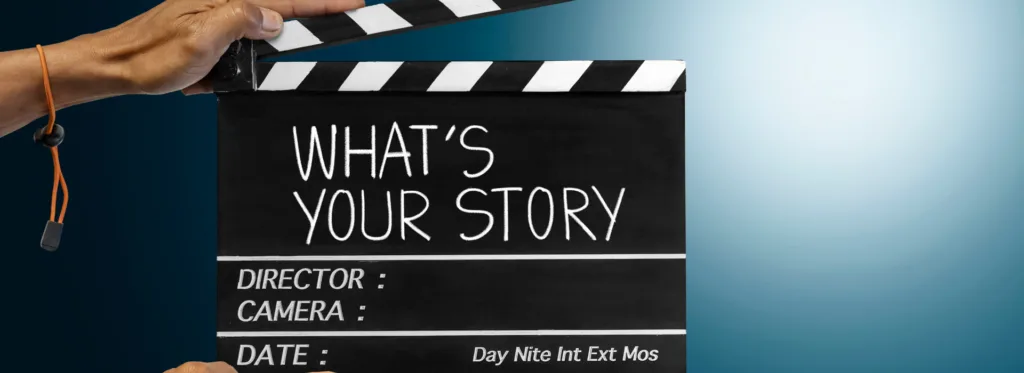Story Writing for Film is an art that demands precision, creativity, and a deep understanding of audience psychology. The first ten minutes of a film are crucial in setting the stage, introducing key characters, and engaging viewers. If a script fails to capture the audience’s interest within this short window, the risk of losing their attention increases significantly. In this blog, we’ll explore effective techniques to hook viewers right from the beginning using essential principles of Story Writing for Film.

Why Are the First 10 Minutes So Important?
The opening of a film acts as a gateway into the story world. It establishes the tone, introduces the protagonist, and provides a glimpse into the narrative conflict. Whether it’s an action-packed thriller or an emotionally driven drama, the first few scenes must resonate with the audience. Strong Story Writing for Film ensures that these moments leave a lasting impression, encouraging viewers to stay engaged for the entire duration.
Techniques to Hook Your Audience in the First 10 Minutes
1. Start with a Strong Visual
In the world of cinema, showing is always better than telling. Opening a film with a compelling visual scene can immediately draw the audience into the story. Whether it’s a breathtaking landscape, a mysterious event, or a high-intensity action sequence, the imagery should be captivating.
2. Introduce an Engaging Protagonist
The audience needs a character they can connect with emotionally. The protagonist should be introduced in a way that highlights their personality, motivations, and struggles. In the first ten minutes, viewers should get a sense of who the main character is and why they matter to the story.
3. Establish the Core Conflict Early
A gripping film needs a central conflict that keeps the audience invested. Whether it’s a personal struggle, an external challenge, or an overarching mystery, introducing the conflict early ensures that viewers have something to anticipate.
4. Use a Hooking Question or Mystery
Starting with a question or an unresolved mystery compels audiences to keep watching for answers. This technique creates an immediate sense of curiosity and intrigue.
5. Introduce a Unique World or Setting
World-building is crucial, especially for genres like fantasy, science fiction, or period dramas. The first ten minutes should effectively transport viewers into the film’s universe, making them eager to explore it further.
6. Use Strong Dialogue and Subtext
Dialogue is an essential tool in setting the tone and conveying key information without making it obvious. Good Story Writing for Film avoids excessive exposition and instead relies on conversations that feel natural yet informative..
7. Establish Tone and Genre Clearly
Within the first ten minutes, the audience should understand whether they are watching a comedy, horror, action, or romance film. The tone should be consistent and reflective of the story’s themes.
8. Create Emotional Connection
The best films are those that evoke emotions, whether it’s joy, sadness, fear, or excitement. The first ten minutes should make audiences feel something significant.
In Up, the beautifully crafted montage of Carl and Ellie’s love story instantly tugs at the heartstrings. Without a single word, the film establishes a deep emotional connection with viewers. This is one of the finest examples of emotional storytelling in Story Writing for Film.
9. Use a Time Constraint or Urgency
Creating a sense of urgency within the opening scenes can make a film more engaging. If the protagonist is facing a ticking clock or an impending challenge, viewers will naturally become more invested.
10. End the First 10 Minutes with a Reason to Stay
The closing moments of the first ten minutes should offer a compelling reason for viewers to continue watching. A shocking revelation, a dramatic twist, or an unresolved dilemma can effectively hold their attention.
Final Thoughts
Story Writing for Film is an intricate craft that requires a deep understanding of storytelling principles. The first ten minutes serve as the foundation for the entire film, making it essential to capture the audience’s attention early. By employing strong visuals, compelling characters, engaging conflicts, and emotional depth, filmmakers can create an unforgettable opening that keeps viewers invested.
Whether you are an aspiring screenwriter or an established filmmaker, mastering the art of crafting an engaging beginning is a key step toward creating a successful film. At Tent Cinema in Bengaluru, we offer expert guidance on Story Writing for Film, helping writers transform their ideas into cinematic masterpieces. Explore our courses and workshops to enhance your storytelling skills today!
